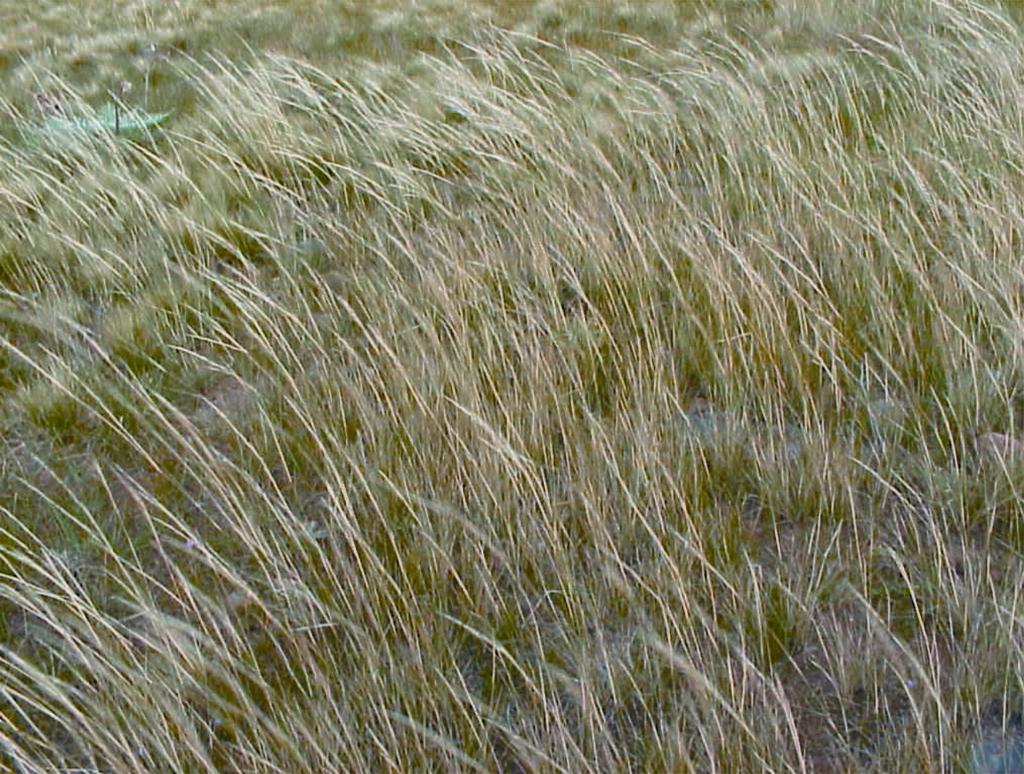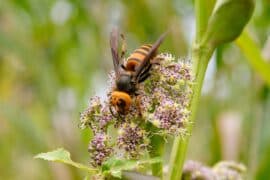Black oat grass
(Nassella hyalina)

Description
Nassella hyalina, Nassella hyalina (Nees) Barkworth, Locally naturalised in southern Victoria and some inland parts of eastern New South Wales., A potential weed of temperate, semi-arid and sometimes also drier sub-tropical environments. It usually grows in pastures, grasslands, open woodlands, waste areas, disturbed sites and along roadsides., A tufted long-lived (i.e. perennial) grass with upright (i.e. erect or ascending) stems growing 25-120 cm tall., The flowering stems (i.e. culms) are upright (i.e. erect or ascending) and sparsely branched, while most of the leaves are tufted around the base of the plant., The leaves are long and narrow (i.e. linear) and have a hairless (i.e. glabrous) sheath which surrounds the stem. The leaf blades (4-30 cm long and 1.5-5 mm wide) are flat or rolled inwards (i.e. involute or convolute) and taper to a pointed tip (i.e. acuminate apex). Where the leaf sheath meets the leaf blade there is a small membranous structure (i.e. ligule) 0.2-2 mm long. The leaves are also somewhat rough to the touch (i.e. scabrous)., The seed-head (5-30 cm long) is an open, or sometimes spike-like (i.e. spiciform), panicle. Small flower spikelets are borne singly at the tips of the branches of the seed-heads, and each flower spikelet consists of two bracts (i.e. glumes) and a single tiny flower (i.e. floret). These flower spikelets (5-12 mm long) are elongated or cylindrical (i.e. lanceolate or terete) in shape and are topped by a long awn. When mature the 'seed' separates from the bracts (i.e. glumes), which remain on the seed-head branches. The mature 'seed' has a sharpened, hairy tip (i.e. pubescent callus) at one end and a long twisted awn ((20-45 mm long) at the other end. Where the awn attaches to the seed there is a tiny membranous, collar-like structure (i.e. corona) about 0.5-1 mm long. Hidden within the hard-coated 'seed' is the small spindle-shaped (i.e. fusiform) and dark brown-coloured grain (about 2 mm long). This plant also produces stem seeds (i.e. cleistogenes) at the stem joints (i.e. nodes), which are usually concealed inside the leaf sheaths. this species reproduces via aerial seeds and also produces stem seeds (i.e. cleistogenes)., The aerial seeds readily become attached to animals, clothing and vehicles. Both types of seeds may also be dispersed in contaminated agricultural produce (e.g. fodder) and soil.
Taxonomic tree:







